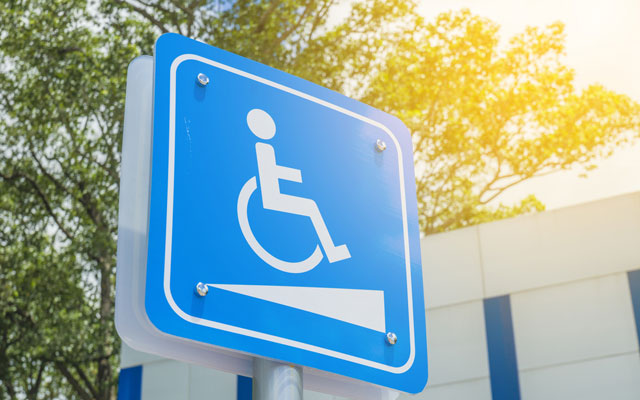An exhaustive research has come up with recommendations for CVBs, suppliers and meeting planners – varying from simple steps for persons with special needs to industry-wide certification programme for universal accessibility – in an effort to help business events be more accessible and inclusive.
In the 89-page tome, Universal Accessibility in Meetings, prepared by BestCities Global Alliance, GainingEdge and Rehabilitation International, “disability” and “special needs” cover not just physical mobility, but also the senses (vision and hearing impairment), cognitive/developmental (autism, Down Syndrome, dyslexia), and medical (autoimmune, allergies/diet, cancer, arthritis, etc.).

One recommendation that was put forth was that future venues should be designed with accessibility in mind, while existing venues can become more accessible for persons with disabilities (PWDs) by adding facilities such as accessible rest rooms, hotel rooms with doors wide enough for a wheelchair, and a ramp on the podium.
Venus Ilagan, Rehabilitation International’s secretary-general, said: “If people with disabilities have to pay more to attend events or to get a hotel that has the right facilities, then that is not good. It should be one standard for all.”
Ilagan further suggested that destinations look into the concept of universal design, go through the process of creating products from scratch, so that they do not have to make changes later.
“It would only be one per cent additional cost at the start when integrated at the planning stage of building, but if they have to have a post-build audit to analyse where the gaps are, the cost could be 35-40 per cent more to retrofit. Universal design should be looked at from the beginning, not an afterthought,” Ilagan elaborated.
The research also mentioned that careful design and use of technology can determine whether it will enhance or inhibit the user’s experience. For example, it cited examples of technological barriers like inaccessible event registration website, resources or reading materials not available in alternative formats like Braille or large print, and a lack of a close captioning system for those with hearing problems.
Other recommendations include universal access audits; seeking champions within local associations; providing reference documents and links to guidelines on how to accommodate PWDs for event organisers; Best Practice case studies; visitor information; accessibility guides, and training in organisations.
GainingEdge CEO Gary Grimmer said that the survey results of the 20 venues in BestCities Global Alliance destinations found “that they try to be innovative beyond what they are required to do, which shows their true level of commitment” in making meetings universally accessible.
He also noted that there are many associations working with the destinations, and that members are increasingly more inclusive.
Grimmer said the research “is not the end of the project but the beginning of the journey”, adding that they will continue to promote awareness and provide tools for the industry including training.
The research also noted that policies on disability not only allow PWDs to be given equal treatment and opportunities, but they also present wider and more diverse opportunities for businesses, considering that the meetings industry comprises myriad groups, from delegates, event spectators and participants to employees, clients, suppliers and volunteers.





















